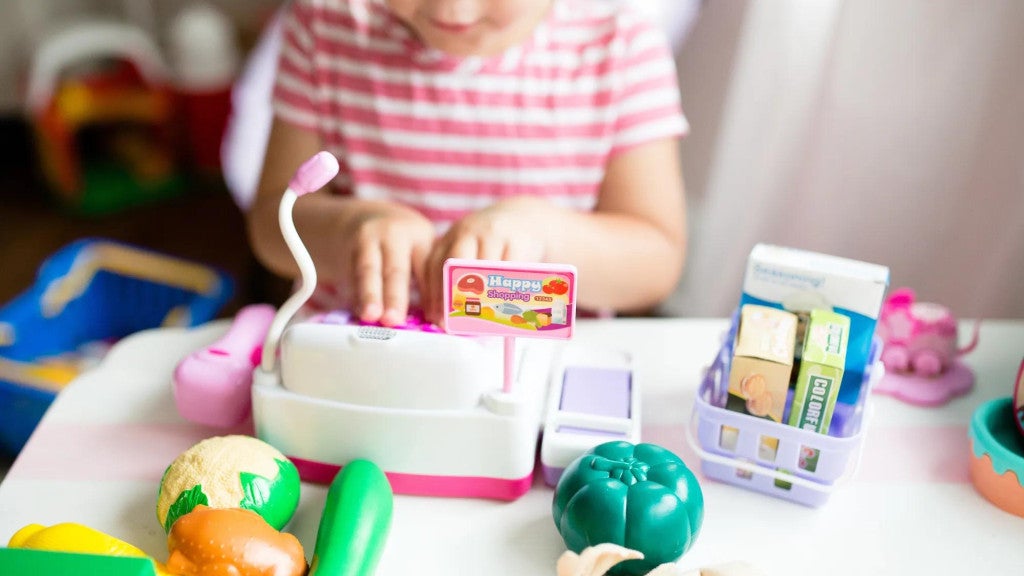Access to credit isn’t static; it ebbs and flows. When the credit funnel tightens, it’s called a credit crunch. Here’s what it is and what it means for you.

Day to day, you likely don’t think about access to and use of credit. Unless you’re preparing for a big financial moment, such as a home or car purchase, credit mostly feels like it functions in the background, with a credit card (or two) in your wallet.
But nothing is ever fixed in any economy. What goes down may come up, and credit access and cost sometimes enter periods of wobbliness. Take 2023: Higher interest rates and a variety of economic conditions meant that some individuals had a harder time getting credit. This is known as a credit crunch. While it happens rarely, if it does happen, here’s what it means for your financial planning.
Until the 1950s, access to credit was fairly limited, and most contemporary credit vehicles such as credit cards were not widely used.
In modern times, however, the use of and reliance on credit has exploded. Every bank has credit and lending as a core offering. From 2025, personal loan debt jumped to $253 billion, $8 billion more than just a year earlier.
Those big numbers—and how the economy may influence credit access—become more relatable when you think about your finances and plans. For example, are you carrying credit card debt from year to year? Nearly half of people are.
“The level of what you can borrow may be enticing,” says Heather Winston, financial professional and product director for Retirement and Income Solutions at Principal®, “but consider how you’ll use credit over the course of your life, or what might happen if your access to credit is hampered in some way.”
A credit crunch is simply a point in time when loans are harder to get for everyone—homeowners who want to borrow to expand or renovate, business owners looking to invest in machinery or expand—because banks become warier about their balance sheets. Banks may change credit score requirements to get favorable interest rates—or even just a loan in the first place.
The last really big credit crunch happened during the 2008 financial crisis. There tend to be a variety of contributing factors, from economic stressors to high interest rates and even bank failures. When a credit crunch happens, it matters to both individuals and business owners.
If you’ve been able to save, pay off credit cards monthly, and limit your debt, a credit crunch may not impact you. But those who have saved less or owe more may face choices that negatively impact their financial security. “Taking out credit is about whether it’s manageable for you relative to your circumstances and goals,” Winston says.
For example, if you have no emergency fund and your car breaks down, you may end up with a revolving credit card balance or payday loan—borrowing against a paycheck, typically with very high fees. That, in turn, puts your credit score and ability to borrow for future goals at risk.
If you’re not sure about your credit needs and a potential credit crunch, it might be time for a gut check. Are you OK with the interest you’re paying? If not, what small steps can you take to reduce your need for credit? Are big purchases that may need credit worth it now, or can they wait?
“What’s the need for credit worth to you and what’s the cost? What might be the impact of that decision three years— or five and 10 years—from now?” Winston says. “Those are questions we can and should ask ourselves every day.”
One step you can take—especially if credit might be tighter? Boost your safety net, such as emergency savings. You can also take a deep dive into your retirement safety net—how much you’re saving now versus how much you could be saving. Log in to principal.com to check your savings rate.


